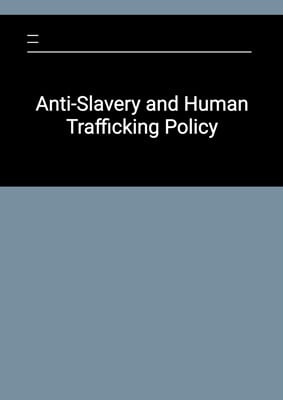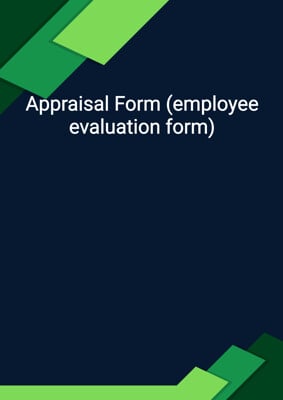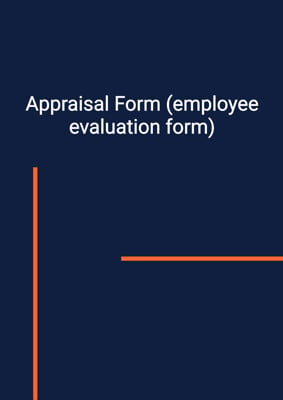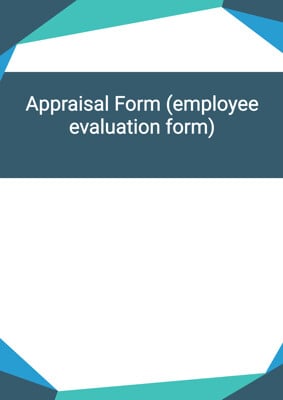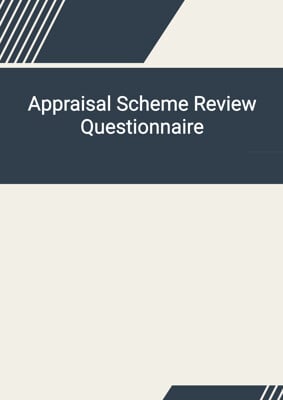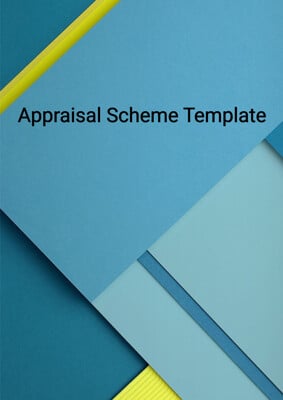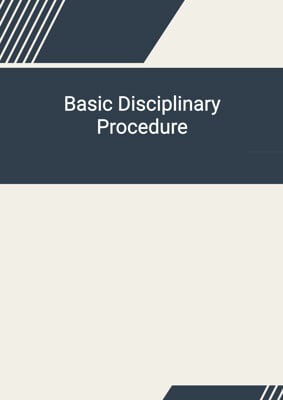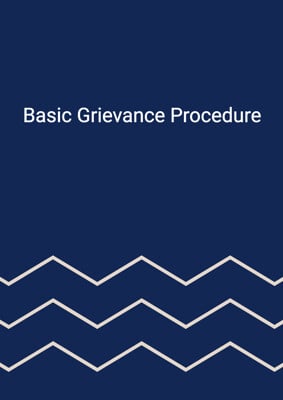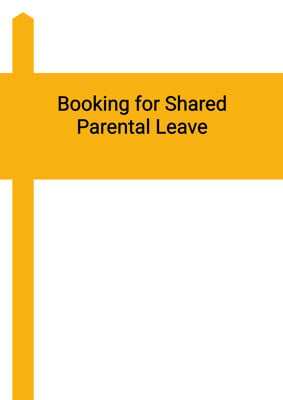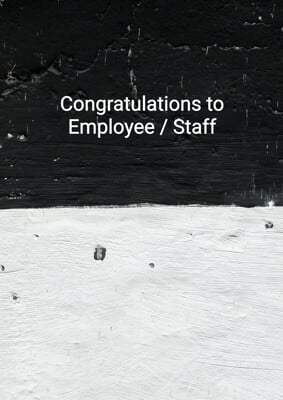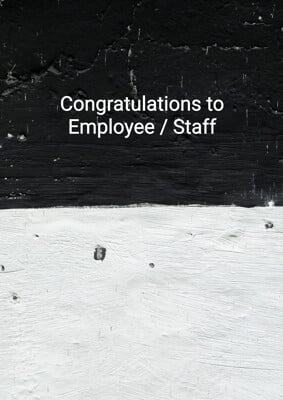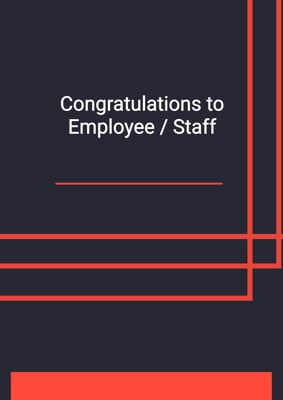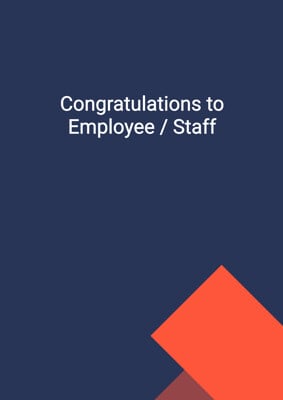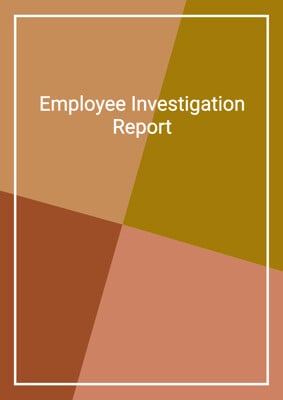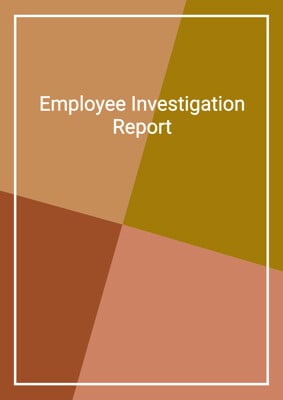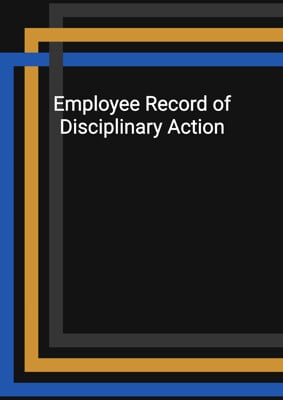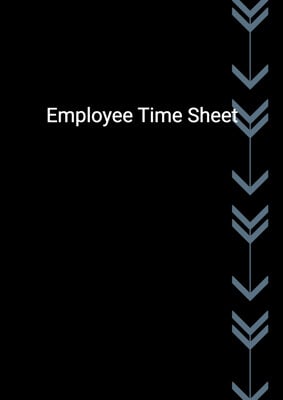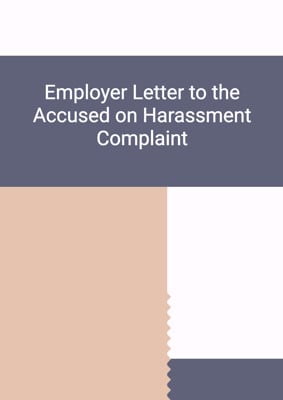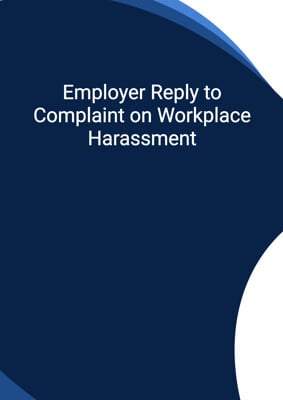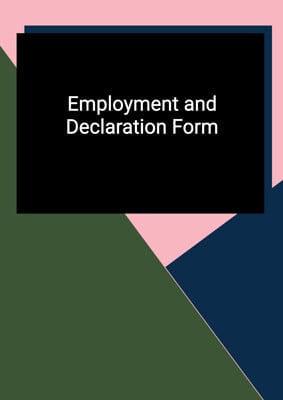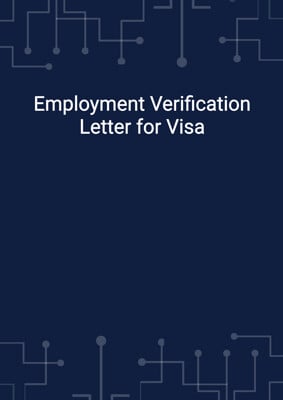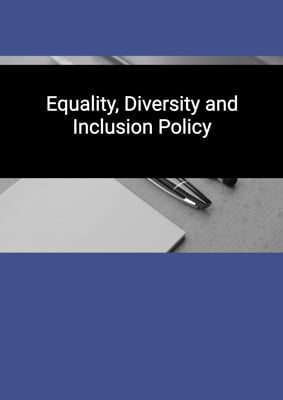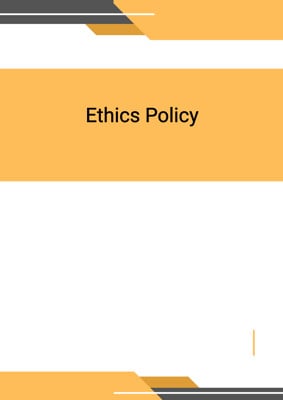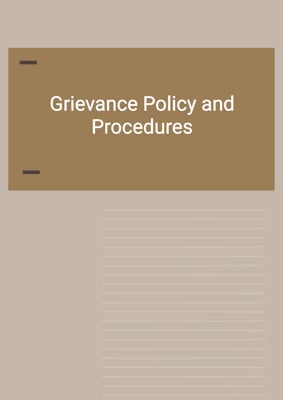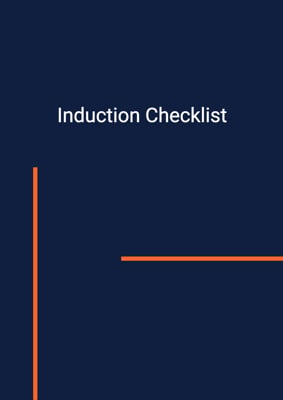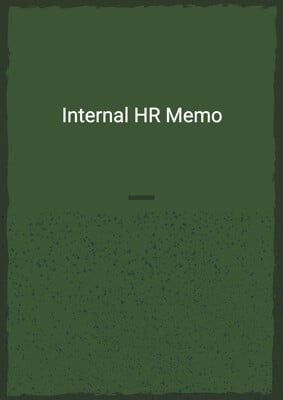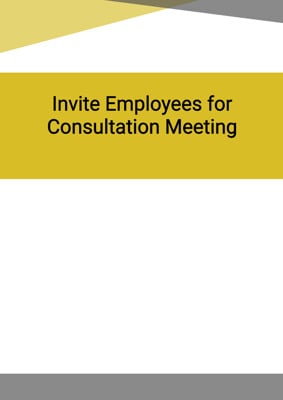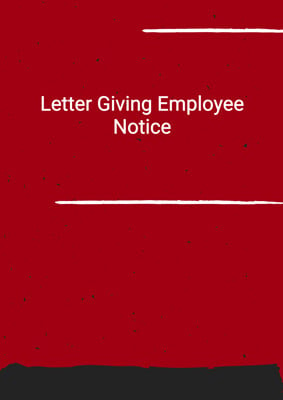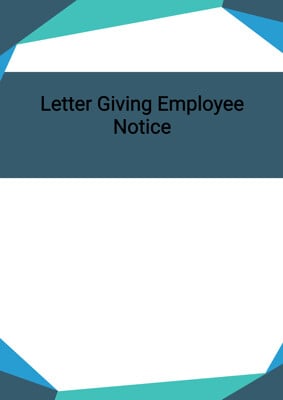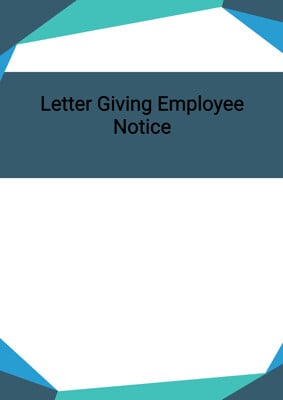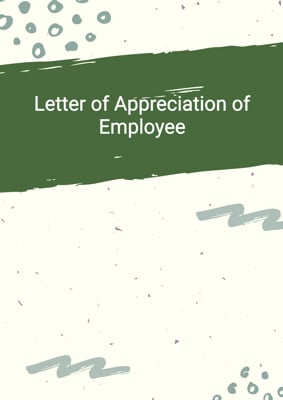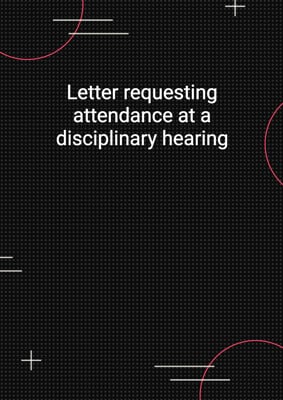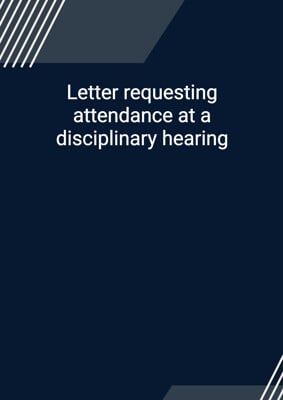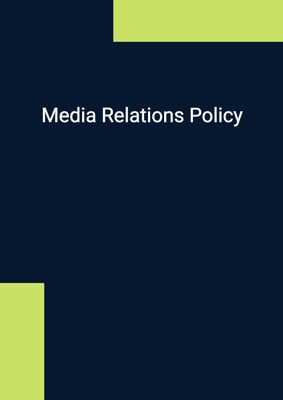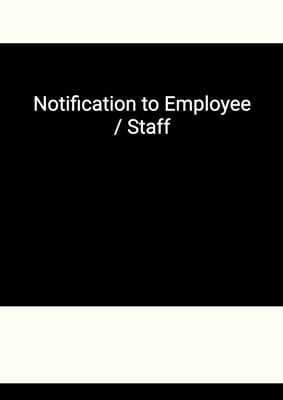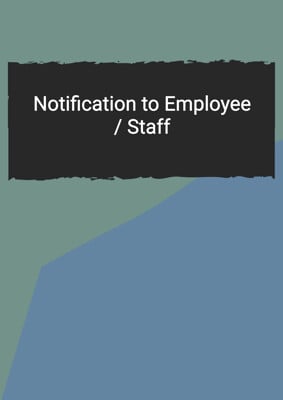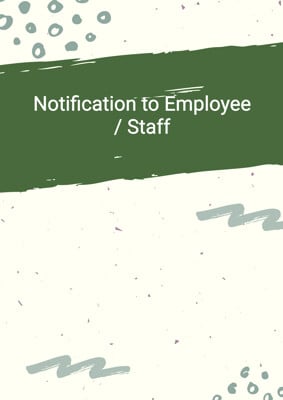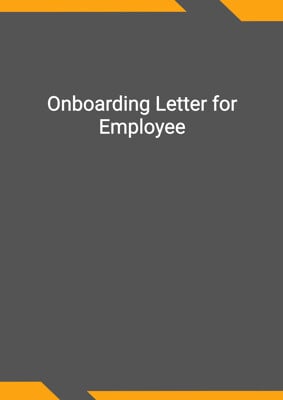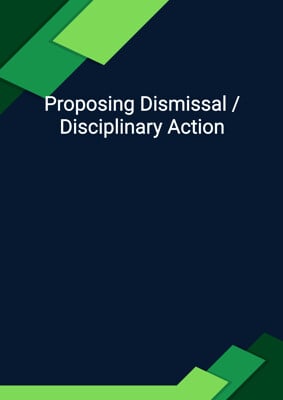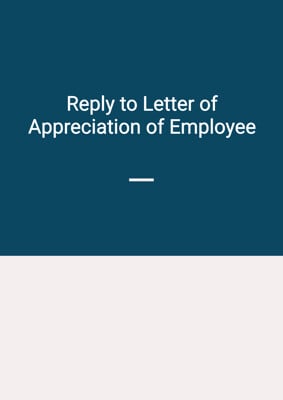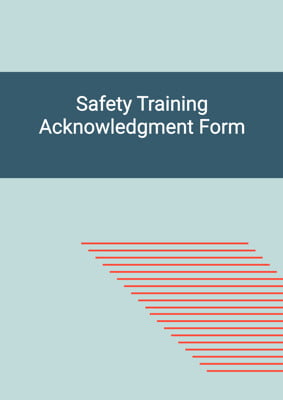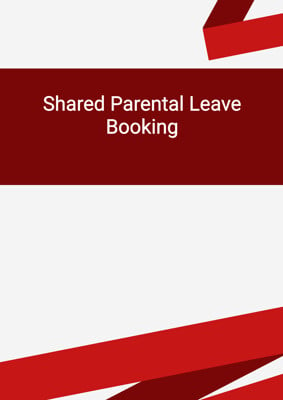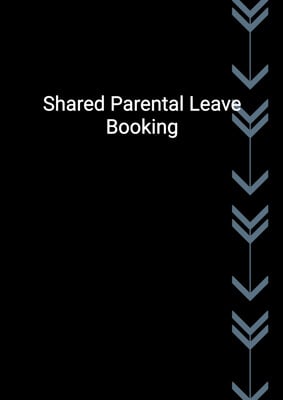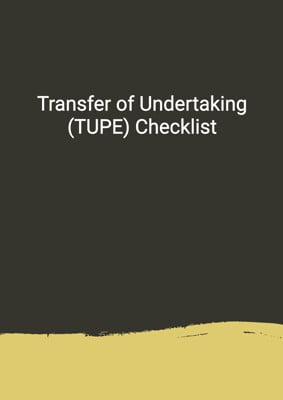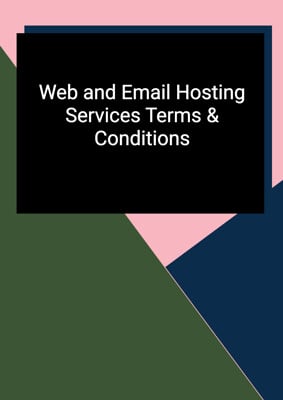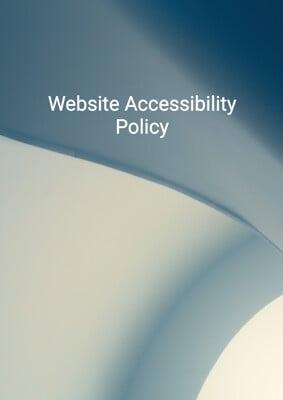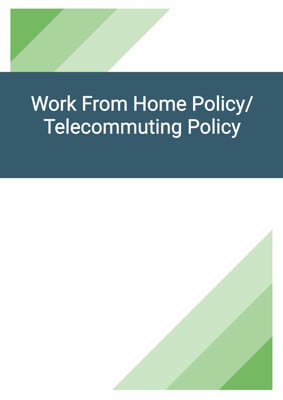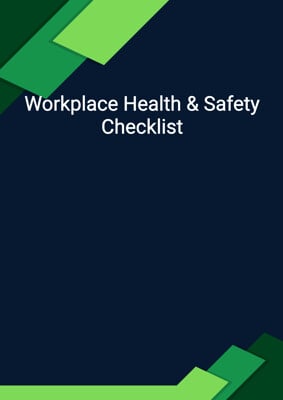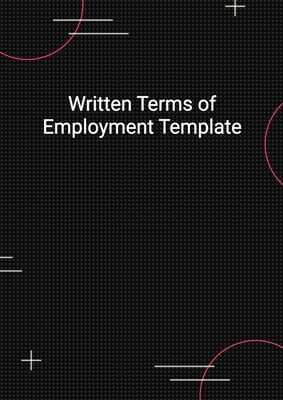
Transfer of Undertaking (TUPE) Checklist
Transfer Plan for New Employer
This document can be used as a template for the transfer plan checklist (TUPE). It is to be used by the new employer (the employer who is taking on an organisation or service under TUPE). It sets out the steps from preparation, execution and post-transfer periods. It is designed to contribute to a smooth and efficient transfer and to mitigate any risks during the transfer.
How to Tailor the Document for Your Need?
01
Create Document
Click "Create Document" button and the document will be prepared with your account details automatically filled in.
02
Fill Information
Please fill in any additional information by following the step-by-step guide on the left hand side of the preview document and click the "Next" button.
03
Get Document
When you are done, click the "Get Document" button and you can download the document in Word or PDF format.
04
Review Document
Please review the document carefully and make any final modifications to ensure that the details are correct before publication / distribution.
Document Preview
Document Description
The Transfer of Undertaking (TUPE) Checklist is a document that provides a comprehensive guide for employers who are undergoing a transfer of business or service. This checklist is essential for ensuring a smooth and successful transfer process, as it covers all the necessary steps and considerations that need to be taken into account.
The document begins by emphasizing the importance of considering whether TUPE applies to the transfer. It highlights the need to identify who will transfer, including the organized grouping of employees, and to assess the benefits and risks that the transfer could bring to the company and affected employees. It also emphasizes the importance of considering any changes in working practices that may be needed to ensure the efficient functioning of the service.
The checklist then guides employers through various steps, such as calculating running costs and liabilities, deciding on the transfer of assets or equipment, and considering a change in location if necessary. It emphasizes the importance of obtaining due diligence information from the old employer and securing warranties and indemnities.
The document also provides guidance on how to inform and consult with recognized trade unions or elected representatives about the transfer. It highlights the mandatory steps of informing and consulting with affected employees, including those who may be away from work or not transferring but whose work may be affected. It also emphasizes the importance of maintaining good relationships after the transfer and consulting with employee representatives on this matter.
Furthermore, the checklist provides guidance on the transfer of terms and conditions, including assuming that all employee terms and conditions transfer unless different legal advice is obtained. It also highlights the need to prepare payroll and HR systems for transferring employees and to check pension requirements.
The document also covers post-transfer redundancies, including the need to assess the availability of sufficient work for affected employees and to prepare for potential redundancies if necessary. It emphasizes the importance of planning induction for transferring employees, including providing an induction package, briefing about their role, and identifying any training needs.
Additionally, the checklist provides guidance on communicating with staff and customers, including planning communication messages and informing customers about the transfer and any impact on services. It also provides guidance on the transfer day, such as welcoming new employees, checking their arrival, and providing necessary training and support.
Finally, the document emphasizes the need to continue consulting with representatives and affected employees after the transfer, particularly regarding potential redundancies and changes in working practices. It highlights the importance of supporting and motivating transferred employees and ensuring that they have the necessary resources to settle successfully into the organization.
In summary, the Transfer of Undertaking (TUPE) Checklist is a comprehensive document that covers all aspects of the transfer process. It provides detailed guidance on each step, ensuring that employers have a clear understanding of their responsibilities and can successfully navigate the transfer process.
How to use this document?
1. Consider the transfer:
- Check if TUPE applies to the transfer.
- Identify who will transfer, including the organized grouping of employees.
- Assess the benefits and risks of the transfer for the company and affected employees.
- Consider any necessary changes in working practices.
- Assess the risk of redundancies after the transfer.
- Request due diligence information from the old employer.
- Obtain warranties and indemnities from the old employer.
- Calculate running costs and liabilities.
- Decide on the transfer of assets or equipment.
- Consider a change in location if needed.
- Source and put in place equipment for transferring employees.
- Set aside a contingency fund for unexpected expenditure.
- Develop a timeframe for the transfer.
- Inform recognized trade unions or elected representatives about the possibility of a transfer.
- Arrange an election of employee representatives if necessary.
- Plan how to keep staff informed about transfer plans.
- Plan how to manage the transfer and keep staff motivated.
- Decide whether to submit a bid for the contract or organization based on the provided information.
2. Prepare for the transfer:
- Identify and agree on which employees are to transfer.
- Request and check the Employee Liability Information (ELI) from the old employer.
- Check warranties and indemnities provided by the old employer.
- Consider visiting the old employer's workplace and speaking with transferring employees.
- Check the information received from transferring employees against the ELI.
- Resolve any inconsistencies with the old employer.
3. Inform and consult about the transfer:
- Identify and agree on which employees are to transfer.
- Seek permission from the old employer to inform and consult with their recognized trade union or elected representatives.
- Inform and consult with existing affected employees about the transfer.
- Arrange an election of employee representatives if necessary.
- Provide paid time off for representation duties and TUPE training.
- Inform the old employer about any changes in working practices.
- Consult with employee representatives on maintaining good relationships after the transfer.
4. Transfer of terms and conditions:
- Assume all employee terms and conditions transfer unless advised otherwise.
- Discuss with the old employer if some terms and conditions cannot be continued.
- Prepare payroll and HR systems for transferring employees.
- Check pension requirements and set up new arrangements if needed.
5. Post-transfer redundancies:
- Assess if there will be sufficient work for all affected employees.
- Minimize the impact of potential redundancies.
- Prepare for potential post-transfer redundancies.
- Seek permission from the old employer for pre-transfer consultation if applicable.
6. Planning induction for transferring employees:
- Prepare an induction package and briefing about their role.
- Communicate proposed changes to transferring employees.
- Appoint mentors to help new employees settle in.
- Identify and provide necessary training.
- Ensure working areas and equipment are ready.
- Check for any reasonable adjustments needed.
7. Communicating with staff and customers:
- Plan communication messages and briefing sheets.
- Inform customers about the transfer and any impact on services.
8. The transfer day:
- Welcome new employees and introduce them to the team.
- Check the arrival of expected employees.
- Meet with affected employees to address any concerns.
- Begin the induction process and provide necessary support.
- Provide training for new equipment.
- Address concerns about terms and conditions.
9. After the transfer:
- Confirm the right to work for transferred employees.
- Continue consulting with representatives and affected employees.
- Select employees for potential redundancies fairly.
- Communicate and support transferred employees.
- Ensure employees can carry out their work effectively.
Not the right document?
Don’t worry, we have thousands of documents for you to choose from:




